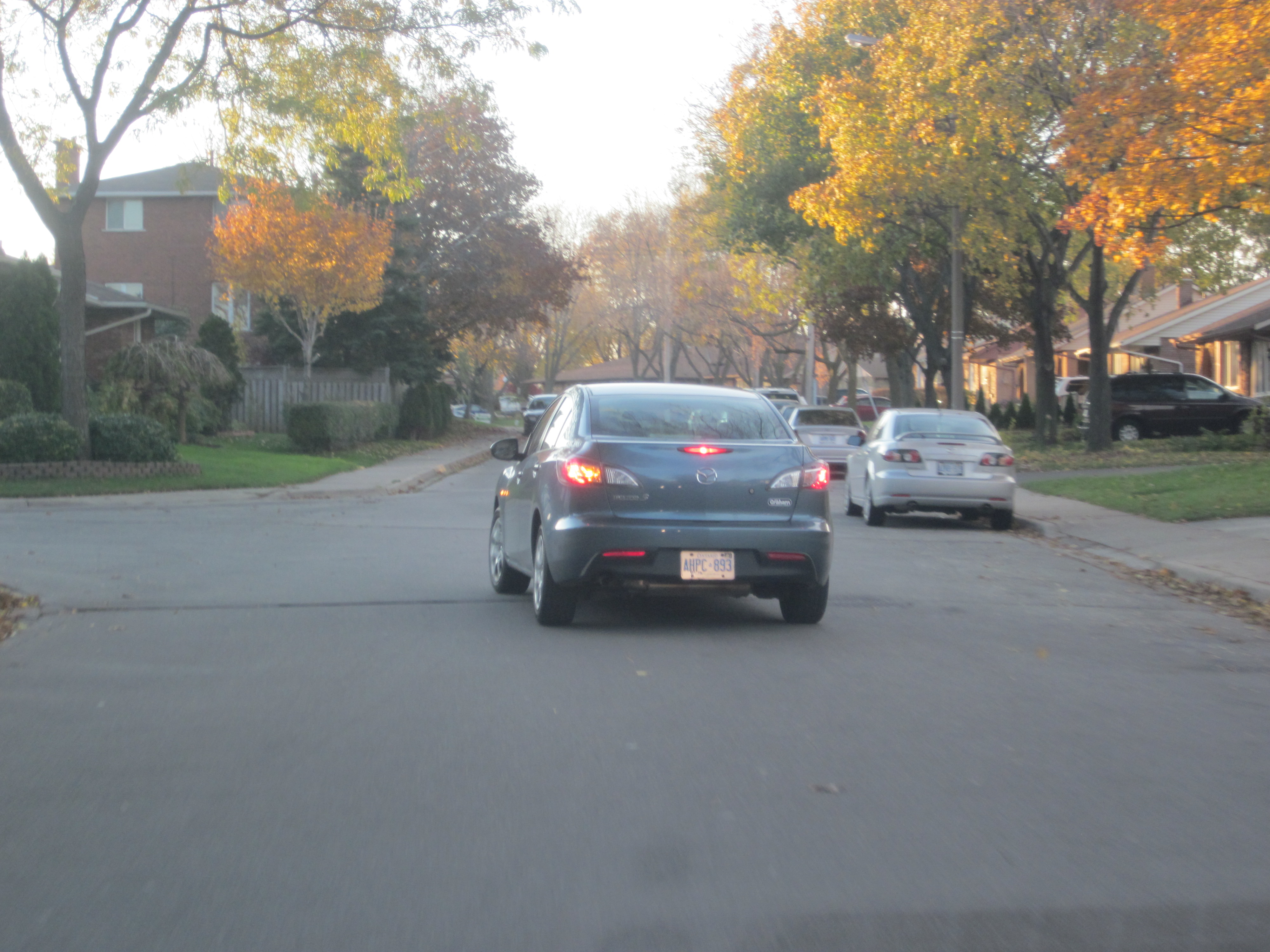Should residential speed limits drop?
 Remember the story of the tortoise and the hare? Remember how the tortoise won the race because they were moving slow and steady? As drivers we can learn from that story, plus much more. Not only does a slow and steady speed help you with fuel savings, it also helps you respond more easily to problems. So let’s dig deeper and see what else we can gain.
Remember the story of the tortoise and the hare? Remember how the tortoise won the race because they were moving slow and steady? As drivers we can learn from that story, plus much more. Not only does a slow and steady speed help you with fuel savings, it also helps you respond more easily to problems. So let’s dig deeper and see what else we can gain.
The Ontario provincial government is looking at reducing the speed limit across the entire province from 50 km/h to 40 km/h, but only in residential areas. The main roads will be the same speed as they are now. http://www.cbc.ca/news/canada/toronto/lower-residential-speed-limit-considered-by-ontario-government-1.2936050 Their goal is to reduce injury and death in those high populated areas. There are sections in some communities that already have the reduced speed limit of 40 km/h, but that’s mainly just in school zones. So let’s think through the advantages of driving 10 km/h slower in the quiet residential areas.
Some drivers will be annoyed with this change of speed because they believe the reduced speed will slow them down from reaching their destination. The actual time you lose getting to your destination by reducing your speed by 10 km/h is only a mere seconds – maybe. Those few seconds you may lose from driving at a slower speed would have been eaten up waiting at stop signs anyway, so what’s the real problem? There isn’t one. So why drop the speed limit by 10 km/h if there’s no real difference for drivers? It’s more about pedestrian and cyclist safety. They can gain a lot from this.
We’ve often heard how we should drive according to the conditions. This is usually related to rain, snow or extremely windy conditions, but what about crowded residential areas? Many of these roads become narrow since they often have parked vehicles line up on at least one side of the street; both sides in some areas. Not only do you have a narrower path to travel, you now have many things that can block your view of approaching pedestrians or cyclists. If this is the case, why would you want to drive faster? Driving slower gives you a better chance to see danger before it reaches your path.
By dropping the speed limit from 50 km/h to 40 km/h, it will take the average driver on dry, clear roads with properly maintained tires and brakes approximately 9 less metres to stop after seeing a pedestrian step off the curb compared to driving at 50 km/h. That’s pretty significant if you think about it. Even if a pedestrian or cyclist was struck at a lower speed, the injuries could be less severe. Seems like a winning formula here. The latest stats from 2010 show almost 7000 pedestrians and cyclists combines were either injured or killed, just in Ontario. http://www.mto.gov.on.ca/english/safety/orsar/orsar10/people.shtml In order to make those numbers go down, drivers have to play a big part.
As drivers we need to work together with our pedestrian and cycling traffic to help keep them safe. While driving its helpful if you begin predicting their actions. Move your eyes from building to building to spot them before they reach the curb. Remembering that kids won’t always look before crossing the street should always be on our mind while driving. Combining that with a reduced speed and it can become a lot safer for these pedestrians and cyclists, the same people you care about.

Dropping the speed limits to 40 would be pointless. Anyone who would follow them does not need a sign telling them to drive safely for the area..and those that need the sign would ignore them. And there are too many small street to have them policed.
I would love it, except – how do we enforce it? Many drivers in Toronto drive with impunity – their are no consequences to their bad driving – even more so on residential streets. Police do not have the will and resources to enforce traffic law…